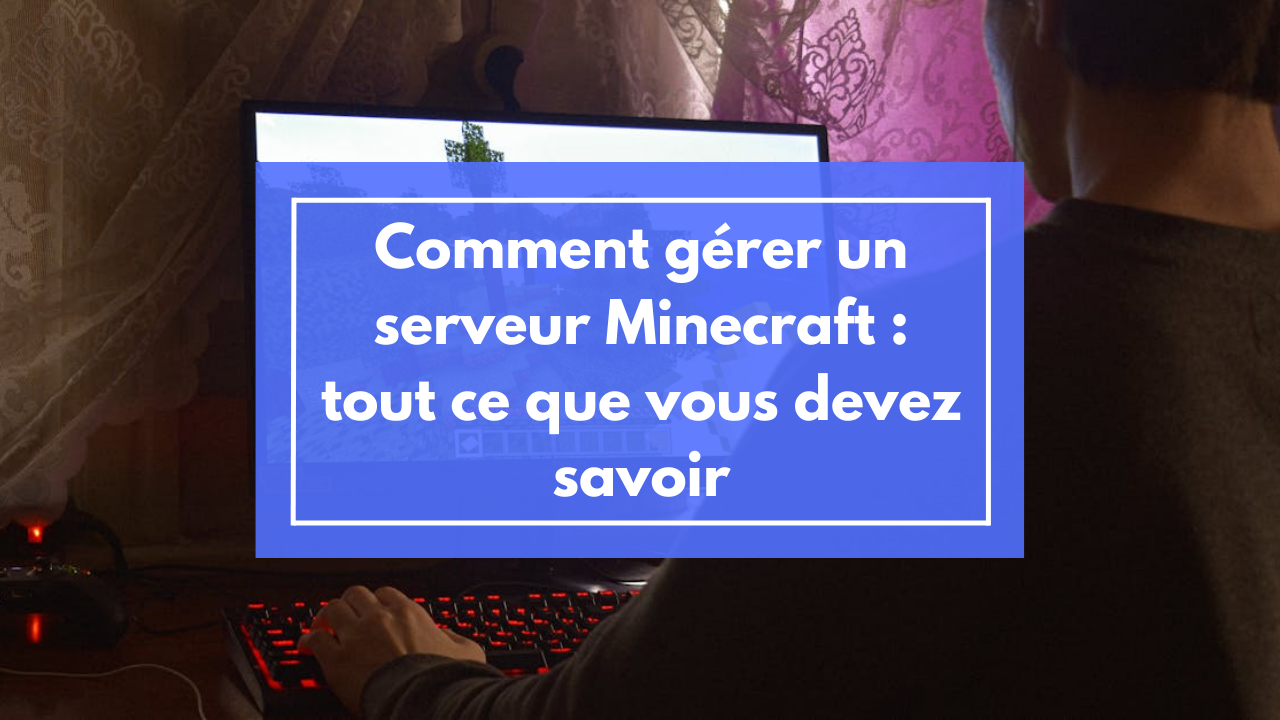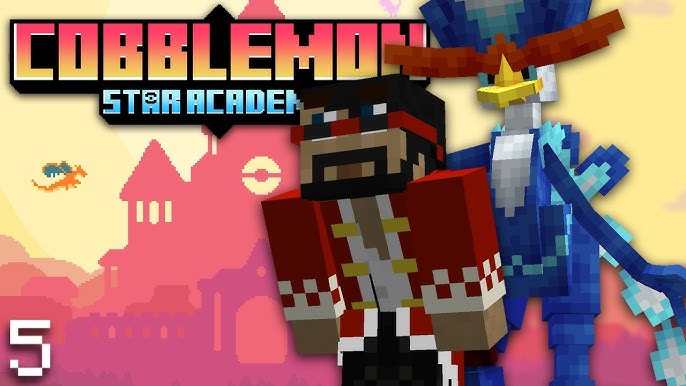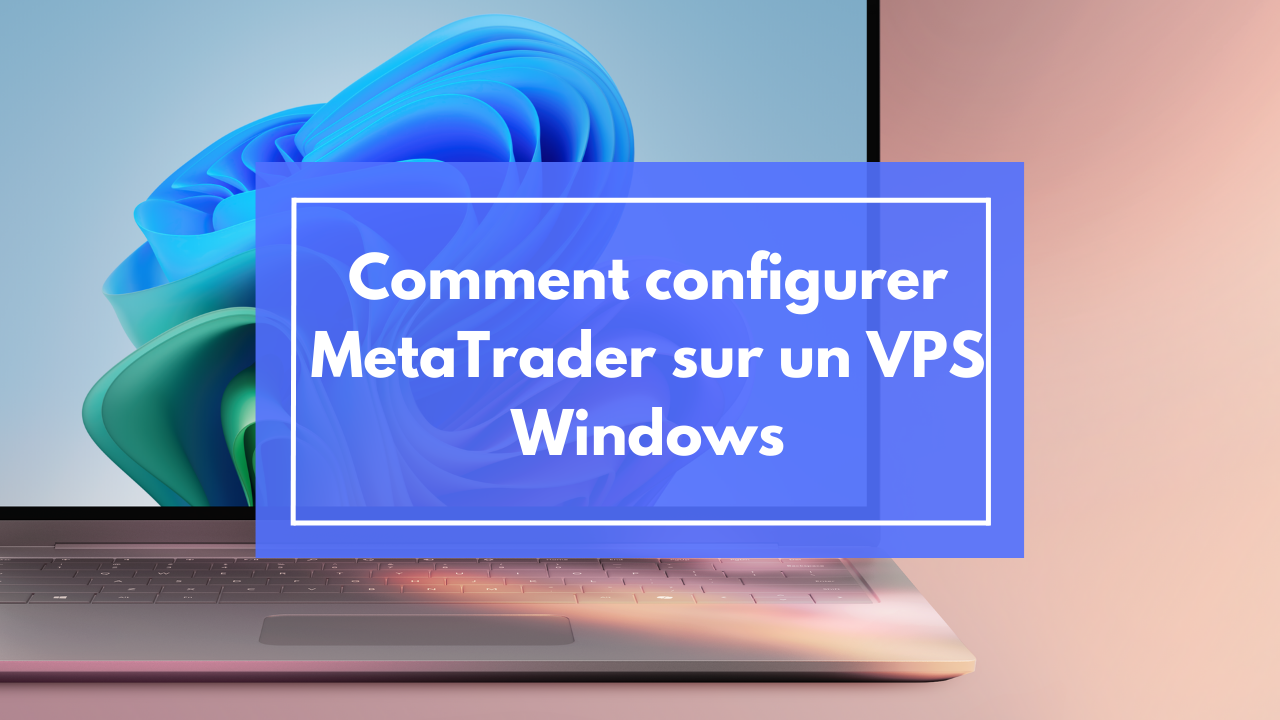How to manage a Minecraft server: Everything you need to know
What is a Minecraft Server?
Before diving into the details of managing a Minecraft server, it's essential to understand what exactly a Minecraft server is. As an enthusiastic player and experienced administrator, I can tell you that a Minecraft server is much more than just a computer running the game.
A Minecraft server is a dedicated platform that allows multiple players to connect and play together in the same virtual world. It acts as a central hub, coordinating the actions of all players, managing the state of the world, and ensuring a smooth and synchronized gaming experience for all participants.
What makes Minecraft servers so special is their ability to offer a personalized gaming experience. Whether you want to create a hardcore survival world, a limitless creative realm, or even a unique mini-game, a server gives you complete control over the gaming environment and the rules that govern it.
The Benefits of Running Your Own Minecraft Server
Running your own Minecraft server has many benefits that I have experienced over the years. Here are some of the highlights that make hosting a server a rewarding experience:
-
Total Control: As an administrator, you have the power to shape the world according to your desires. You decide the rules, the plugins to install, and the overall atmosphere of the server.
-
Custom Community: You can create a community of players who share similar interests and values, fostering positive and enriching interactions.
-
Technical Learning: Managing a server allows you to gain valuable skills in system administration, networking, and problem-solving.
-
Unlimited Creativity: You can experiment with different game modes, create unique events, and constantly innovate to keep your players engaged.
-
Monetization Potential: If your server becomes popular, you can consider ethical monetization options to support its development.
Technical Prerequisites for Hosting a Minecraft Server
Before embarking on the hosting adventure, it's crucial to understand the technical prerequisites. Here's what you'll need:
Hardware:
- A dedicated computer or a private virtual server (VPS)
- At least 4 GB of RAM (8 GB recommended for better performance)
- A recent multi-core processor
- Sufficient storage space (at least 20 GB)
Software:
- Up-to-date Java Runtime Environment (JRE)
- Minecraft server software (vanilla or modified like Spigot, Paper, etc.)
- A compatible operating system (Windows, Linux, or macOS)
Network:
- A stable and fast internet connection
- A static IP address (recommended)
- Firewall configuration and port forwarding
It is important to note that these specifications may vary depending on the number of players you plan to host and the mods or plugins you wish to use. In my experience, it's always better to have a bit more resources than necessary to ensure a comfortable margin of maneuver.
Choosing the Right Type of Minecraft Server
Choosing the type of Minecraft server is a crucial decision that will greatly influence the gaming experience of your future players. Over the years, I have explored various options, each with its own advantages. Here is an overview of the most popular types of servers:
-
Vanilla Server:
- The simplest to set up
- Pure and original gaming experience
- Limited in terms of customization
-
Bukkit/Spigot Server:
- Allows the addition of plugins
- Improved performance compared to vanilla
- Large developer community
-
Forge Server:
- Ideal for mods
- Offers a highly customizable gaming experience
- Requires more resources
-
Paper Server:
- Optimized fork of Spigot
- Excellent performance
- Compatible with most Bukkit/Spigot plugins
-
Sponge Server:
- Modern alternative to Bukkit
- Supports both plugins and mods
- Less plugins available than for Bukkit/Spigot
The choice will depend on your goals, your technical skills, and the needs of your community. Personally, I often opted for a Paper server for its performance and flexibility.
Steps to Set Up Your Minecraft Server
Setting up a Minecraft server may seem intimidating at first, but with patience and method, it's a perfectly achievable process. Here are the steps I usually follow:
-
Preparing the Environment:
- Install Java on your machine
- Create a dedicated folder for your server
-
Downloading Server Software:
- Choose the Minecraft version and server type
- Download the corresponding .jar file
-
Initial Configuration:
- Launch the server once to generate configuration files
- Accept the EULA by modifying the eula.txt file
-
Server Customization:
- Modify the server.properties file according to your preferences
- Adjust settings like game mode, difficulty, etc.
-
Network Configuration:
- Configure port forwarding on your router
- Ensure your firewall allows Minecraft traffic
-
Testing and Optimization:
- Launch the server and connect to check its proper functioning
- Adjust performance settings if necessary
Don't forget to regularly back up your configuration files and your world. A good practice I've adopted is to create automatic backup scripts to prevent any data loss.
Managing Players and Permissions
Managing players and permissions is a crucial aspect to maintain a healthy and enjoyable Minecraft server. Over the years, I've developed some effective strategies:
Rank System:
Implement a clear rank system with progressive permissions. For example:
- Visitor: limited access, can explore but not build
- Player: can build in designated areas
- VIP: access to additional commands
- Moderator: can manage player conflicts
- Administrator: full access to commands and configurations
Management Plugins:
Use plugins like PermissionsEx or LuckPerms to finely manage permissions. These tools allow you to:
- Assign specific permissions to each rank
- Create custom groups
- Manage permissions by world or region
Clear Rules:
Establish a set of clear rules and make sure they are easily accessible to players. Include information on:
- Expected behavior
- Prohibited actions
- Consequences for not following the rules
Active Moderation:
Active moderation is essential to maintain a healthy community. Train a team of reliable moderators and give them the necessary tools to:
- Monitor the chat
- Respond to player reports
- Apply sanctions consistently
By implementing these systems, you will create an environment where players feel safe and respected, which is the key to a thriving community.
Maintenance and Updating Your Server
Regular maintenance and updates are essential to keep your Minecraft server in good health and secure. Here are some practices I've adopted over time:
Regular Updates:
- Monitor new releases of Minecraft and your server software
- Schedule regular updates, informing your players in advance
- Always test updates on a development server before applying them in production
Backups:
- Configure daily automatic backups
- Store backups in multiple locations, including off-site
- Regularly test restoring your backups
Data Cleanup:
- Regularly delete old log files
- Clean up unused chunks to reduce world size
- Archive or delete data from inactive players
Performance Monitoring:
- Use tools like Spark or Timings to identify bottlenecks
- Monitor resource usage (CPU, RAM, disk space)
- Optimize server settings based on this data
Communication:
- Inform your players about planned maintenances
- Be transparent about issues encountered and solutions implemented
By following these practices, you will ensure the stability and longevity of your server, while offering an optimal gaming experience to your players.
Security and Protection of Your Minecraft Server
Security is a crucial aspect of managing a Minecraft server. Over my years of experience, I have learned the importance of implementing robust measures to protect both the server and the players. Here are some essential strategies:
Protection Against DDoS Attacks:
- Use DDoS mitigation services if possible
- Properly configure your firewall
- Consider using a proxy like BungeeCord to add a layer of protection
Securing Accounts:
- Require strong passwords for administrator accounts
- Use two-factor authentication when possible
- Regularly change passwords for sensitive accounts
Protection Against Griefing:
- Use anti-griefing plugins like CoreProtect or Grief Prevention
- Set up protected zones for new constructions
- Configure frequent backups to quickly restore in case of problems
Plugin Security:
- Install only plugins from reliable sources
- Keep all your plugins up to date
- Disable or delete unused plugins
Monitoring and Logging:
- Set up detailed logs of player actions and server events
- Use monitoring tools to detect suspicious behaviors
- Regularly analyze logs to identify intrusion or exploitation attempts
By implementing these security measures, you will create a safe environment for your players and protect your investment in the server.
Essential Plugins and Mods to Enhance the Experience
One of the most exciting aspects of managing a Minecraft server is the ability to enrich the gaming experience through plugins and mods. Over the years, I have experimented with numerous options, and here is a selection of those I consider essential:
Management and Administration Plugins:
- EssentialsX: A comprehensive set of tools for server management
- WorldEdit: For quick and large-scale world modifications
- Vault: An API for managing the economy and permissions
Gameplay Enhancement Plugins:
- McMMO: Adds RPG skills to the game
- Jobs Reborn: Allows players to earn money by performing specific tasks
- ChestShop: Facilitates player-created shops
Protection and Security Plugins:
- CoreProtect: Advanced logging and grief restoration
- LuckPerms: Fine management of permissions
- AuthMe: Secure player authentication
Optimization Plugins:
- ClearLag: Cleans up unnecessary entities to improve performance
- FastAsyncWorldEdit: Optimized version of WorldEdit for large operations
Popular Mods (for Forge Servers):
- JourneyMap: Enhanced map with minimap
- Biomes O' Plenty: Adds a wide variety of new biomes
- Tinkers' Construct: Advanced tool crafting system
When adding plugins or mods, it's crucial to:
- Test each addition on a development server before implementing it in production
- Ensure compatibility between different plugins/mods
- Carefully configure each plugin to fit your vision of the server
Remember that less can be more. It's better to have a well-chosen set of plugins/mods that work perfectly together rather than overloading your server.
Troubleshooting Common Issues on a Minecraft Server
Managing a Minecraft server also means knowing how to deal with problems that may arise. Over the years, I have encountered and solved many common issues. Here are some of the most frequent ones and how to address them:
1. Lag and Performance Issues:
- Symptoms: Delays in player actions, slow chunk generation
- Solutions:
- Check resource usage (CPU, RAM)
- Optimize server settings in server.properties
- Use optimization plugins like ClearLag
- Reduce render distance if necessary
2. Server Crashes:
- Symptoms: The server stops abruptly
- Solutions:
- Analyze logs to identify the cause
- Update Java and server software
- Check plugin compatibility
- Increase memory allocation if necessary
3. Player Connection Issues:
- Symptoms: Players cannot connect
- Solutions:
- Check firewall and router settings
- Ensure the port is properly forwarded
- Verify that the server is online and accessible
4. World Corruption:
- Symptoms: Missing chunks, errors when loading the world
- Solutions:
- Restore a recent backup
- Use tools like MCEdit to repair corrupted chunks
- As a last resort, generate a new world
5. Plugin Conflicts:
- Symptoms: Features not working, errors in the console
- Solutions:
- Disable plugins one by one to identify the conflict
- Check plugin versions and ensure they are compatible
- Consult plugin forums for known issues
6. Griefing and Vandalism:
- Symptoms: Unauthorized destructions, item theft
- Solutions:
- Use protection plugins like CoreProtect
- Set up protected zones
- Form an active moderation team
7. Database Issues:
- Symptoms: Errors related to saving or loading player data
- Solutions:
- Check database connection settings
- Ensure the database is not corrupted
- Perform regular database backups
As an administrator, it's crucial to have a troubleshooting plan. Always keep backups up to date and don't hesitate to seek help from the Minecraft community if you encounter complex problems.
Promoting and Developing Your Player Community
Creating and maintaining an active player community is one of the most rewarding aspects of managing a Minecraft server. Here are some strategies I've found effective for promoting and developing a thriving community:
1. Create a Unique Identity:
- Develop an original theme or concept for your server
- Create a consistent logo and graphic charter
- Develop a set of rules and values that define your community
2. Establish an Online Presence:
- Create an attractive website for your server
- Be active on social media (Twitter, Instagram, Facebook)
- Use platforms like Discord to facilitate off-game communication
3. Organize Regular Events:
- Schedule weekly or monthly competitions
- Organize community builds
- Create seasonal events (Halloween, Christmas, etc.)
4. Reward Engagement:
- Set up a rank system based on playtime or achievements
- Offer in-game rewards for event participation
- Publicly recognize exceptional player contributions
5. Encourage Player Interaction:
- Create common areas to encourage socialization
- Set up economic and trade systems among players
- Encourage the formation of guilds or factions
6. Listen to Your Community:
- Organize regular surveys to gather player feedback
- Set up a suggestion box for ideas
- Be responsive to player concerns and requests
7. Collaborate with Other Communities:
- Participate in inter-server events
- Establish partnerships with Minecraft content creators
- Exchange tips and resources with other server administrators
8. Ensure Effective and Compassionate Moderation:
- Train a competent and friendly moderation team
- Establish clear procedures for conflict management
- Encourage a positive and inclusive environment
9. Innovate Constantly:
- Regularly introduce new features or mini-games
- Stay up-to-date with the latest Minecraft trends
- Don't be afraid to experiment with new concepts
10. Communicate Transparently:
- Keep your players informed about updates and changes
- Explain important decisions affecting the server
- Celebrate successes and openly acknowledge challenges
By implementing these strategies, you will create not just a player community but a true virtual family united by a passion for Minecraft.
Conclusion: The Keys to Success for Managing a Minecraft Server
Having gone through all aspects of managing a Minecraft server, it's time to conclude with the key elements that, in my experience, make the difference between an ordinary server and an exceptional one.
-
Clear Vision: Have a precise idea of what you want to create. Whether it's a hardcore survival server, a collaborative creative world, or a mini-game platform, your vision will guide all your decisions.
-
Constant Engagement: Managing a server requires time and energy. Be prepared to invest regularly in its development and maintenance.
-
Adaptability: The world of Minecraft is constantly evolving. Stay flexible and ready to adapt to new trends and community feedback.
-
Community at Heart: Your players are the soul of your server. Listen to them, involve them in decisions, and create an environment where they feel valued.
-
Technical Excellence: Ensure your server operates optimally. Technical issues can quickly frustrate players and drive them away.
-
Creativity and Innovation: Don't be afraid to try new things. Servers that stand out are often those that dare to innovate.
-
Balanced Management: Find the right balance between structure and freedom. Too strict rules can stifle creativity, but too much laxity can lead to chaos.
-
Continuous Learning: The world of Minecraft and server administration is vast. Stay curious and continue to learn new techniques and approaches.
-
Authentic Passion: Your enthusiasm for Minecraft and your project will be contagious. If you love what you do, your players will feel it.
-
Patience and Perseverance: Building a thriving community takes time. Don't be discouraged if results aren't immediate.
Ultimately, managing a Minecraft server is an exciting adventure that can be incredibly rewarding. Each server is unique, reflecting the vision and personality of its creators and community. With determination, creativity, and a genuine love for the game, you can create a virtual space where players from around the world come together to share unforgettable experiences.
Ready to embark on the adventure of managing a Minecraft server? Don't wait any longer! Start planning your ideal server today. And remember, the Minecraft community is vast and welcoming. Join forums, participate in online discussions, and don't hesitate to seek advice from experienced administrators. Your next great Minecraft project is waiting for you to bring it to life!

Nome dell'autore
OUIHEBERG SARL
Categorie
Jeux vidéo
Data
14/02/2025






